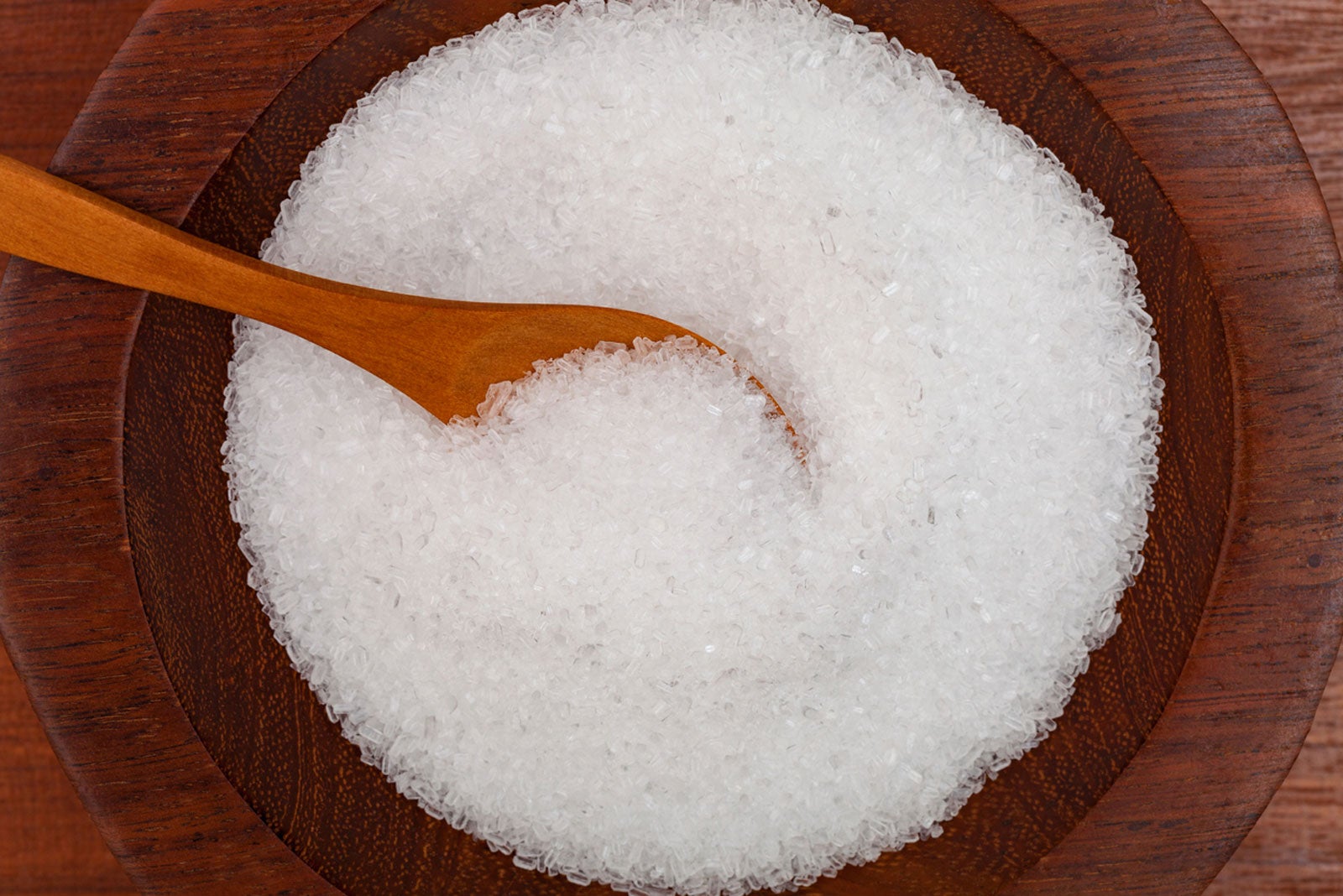Comprehending What Plants Don't Like Epsom Salt for Healthier Gardens
Wiki Article
Explore Why Some Plants Deny Epsom Salt as a Nutrient Resource
In the elaborate globe of plant nourishment, the being rejected of Epsom salt as a sensible nutrient resource by some plants positions an interesting quandary. The factors behind this selective habits delve right into an intricate interplay of plant absorption mechanisms, the distinct chemical structure of Epsom salt, and plant-specific nutrient preferences.Plant Absorption Systems
In delving right into the complex realm of plant absorption systems, it comes to be noticeable that the procedure is governed by a sophisticated interaction of physical characteristics and molecular pathways. Plants take in nutrients primarily via their roots, using various transport systems to uptake vital aspects such as nitrogen, magnesium, potassium, and phosphorus. Magnesium, a crucial component in chlorophyll synthesis and enzyme activation, plays an essential function in plant growth and development.The absorption of magnesium involves numerous steps, beginning with its accessibility in the dirt solution. As soon as dissolved, magnesium ions are taken up by plant origins through particular transportation proteins embedded in the cell membrane layers. These proteins assist in the activity of magnesium across the root cell wall surfaces and into the plant's vascular system, where it is after that distributed to different cells to sustain numerous physiological functions.
Understanding the detailed systems behind magnesium absorption in plants clarifies how this important nutrient adds to total plant health and efficiency. By enhancing magnesium uptake pathways, farmers can improve plant yields and quality, highlighting the importance of understanding plant absorption dynamics for sustainable agriculture techniques.
Epsom Salt Chemical Framework
The chemical framework of Epsom salt, likewise recognized as magnesium sulfate heptahydrate, reveals a distinct plan of aspects that add to its special residential or commercial properties and applications - what plants don't like epsom salt. Epsom salt is made up of magnesium (Mg), sulfur (S), oxygen (O), and hydrogen (H) atoms. The formula MgSO4 · 7H2O indicates that each molecule includes one magnesium atom, one sulfur atom, 4 oxygen atoms, and 14 hydrogen atoms. The visibility of water particles in its framework adds to its solubility in water. The seven water molecules are freely adhered to the magnesium sulfate substance, allowing it to dissolve conveniently in water and be easily taken up by plants through their origins.The crystal framework of Epsom salt develops monoclinic prisms, which are elongated crystals with identical ends. This crystal shape influences the physical residential or commercial properties of Epsom salt, such as its structure and solubility. Understanding the chemical framework of Epsom salt is important for comprehending its actions as a nutrient resource and its interactions with plants in gardening and agricultural methods.
Plant-Specific Nutrient Preferences
Plants exhibit distinctive preferences for particular nutrients, emphasizing the significance of recognizing their specific demands for optimal growth and advancement. Comprehending these plant-specific nutrient preferences is vital for making the most of plant returns, improving decorative plant growth, and promoting general plant health and wellness.
Plant-specific nutrient choices can likewise differ based on whether the plant is a monocot or dicot. By tailoring nutrient supplements to satisfy the precise requirements of each plant varieties, growers can optimize plant growth, lessen nutrition waste, and support lasting farming methods.

Soil Ph and Nutrient Uptake
Given Continued the important duty of plant-specific nutrient preferences in optimizing growth and health and wellness, recognizing the relationship in between soil pH and nutrient uptake ends up being vital. Soil pH plays an essential function in figuring out the schedule of important nutrients for plant uptake. Various plants have differing pH choices for optimal nutrient absorption. As an example, acidic soils with a lower pH agree with for plants like azaleas and blueberries, while alkaline dirts with a greater pH match plants such as lavenders and clematis.On the other hand, alkaline soils may restrict the availability of nutrients like iron, copper, and websites zinc, impacting plant growth. Preserving the appropriate pH level in the soil is crucial for making sure that plants can effectively uptake the required nutrients for their healthy advancement and performance.
Hereditary Consider Nutrient Uptake
In the realm of plant nourishment, the interaction of hereditary factors significantly affects the uptake of necessary nutrients crucial for plant growth and development. Genetic elements play a critical function in forming a plant's capability to soak up and make use of nutrients efficiently. Variations in genes can affect the expression of transportation proteins liable for relocating nutrients across cell membrane layers. These transportation proteins, such as channels and service providers, are encoded by specific genes that can differ among plant varieties and even within the same varieties.Moreover, hereditary factors also figure out the performance of nutrient uptake systems within plants. Some plants may possess hereditary attributes that enhance their ability to feed on nutrients from the dirt effectively, giving them a competitive advantage in nutrient-poor settings. On the other hand, hereditary variations can additionally result in constraints in nutrient uptake, ensuring plants more vulnerable to shortages also when nutrients are plentiful in the dirt.
Recognizing how hereditary variables affect nutrient uptake is essential for establishing methods to optimize plant nourishment and improve crop efficiency in various farming settings. By unraveling the genetic devices associated with nutrient uptake, scientists can function towards creating genetically enhanced plant selections with enhanced nutrition purchase capabilities.
Final Thought

In the detailed globe of plant nutrition, the being rejected of Epsom salt as a viable nutrient source by some plants poses a fascinating problem. click here to read what plants don't like epsom salt. Comprehending these plant-specific nutrient choices is vital for maximizing crop yields, boosting ornamental plant development, and promoting overall plant health
By customizing nutrient supplements to fulfill the exact requirements of each plant species, farmers can optimize plant development, decrease vitamins and mineral waste, and assistance sustainable farming techniques.
In the realm of plant nourishment, the interaction of hereditary elements dramatically influences the uptake of crucial nutrients vital for plant development and development. Understanding these complexities in plant nutrient uptake is essential for maximizing plant growth and health and wellness in farming practices.
Report this wiki page